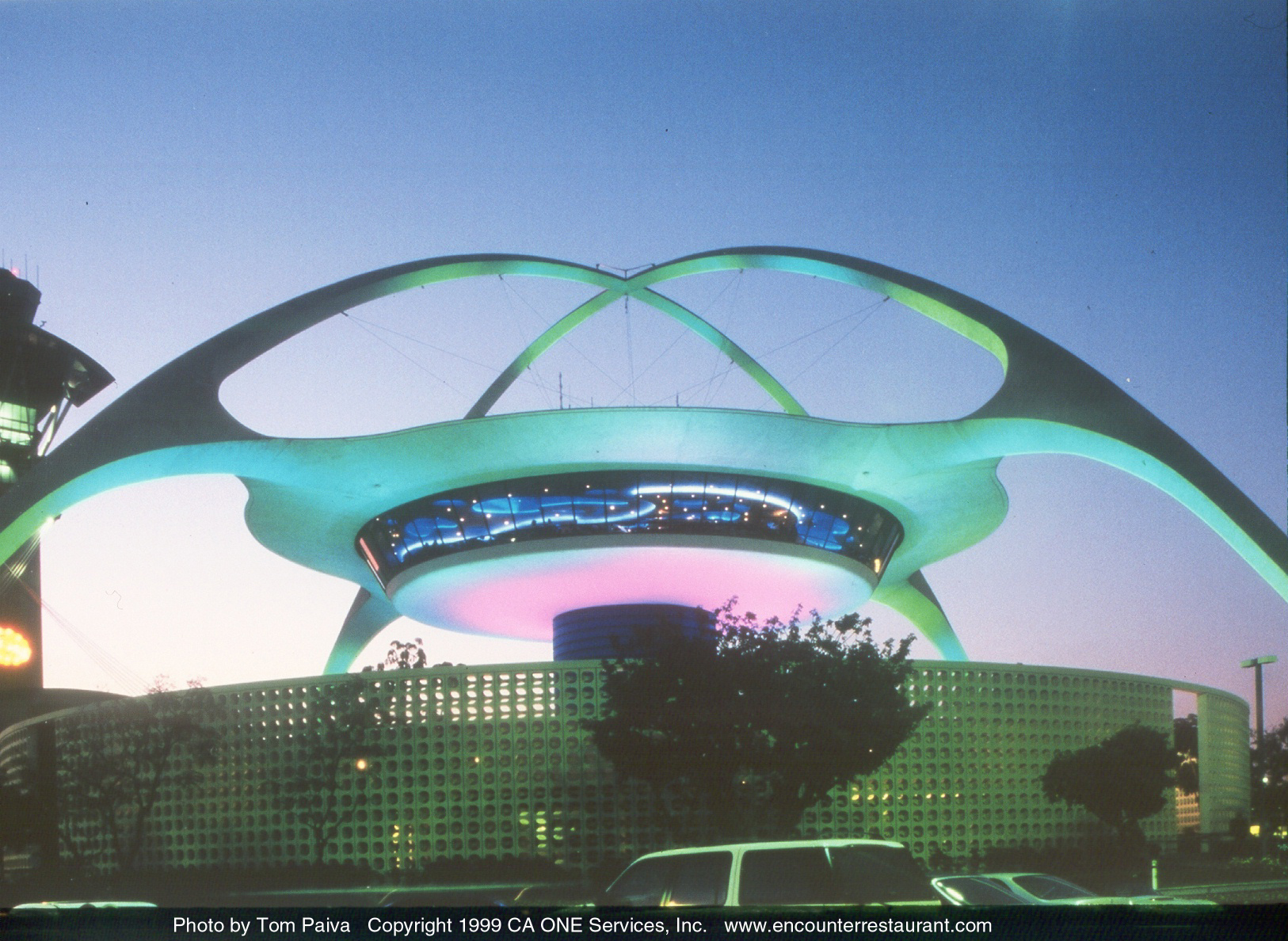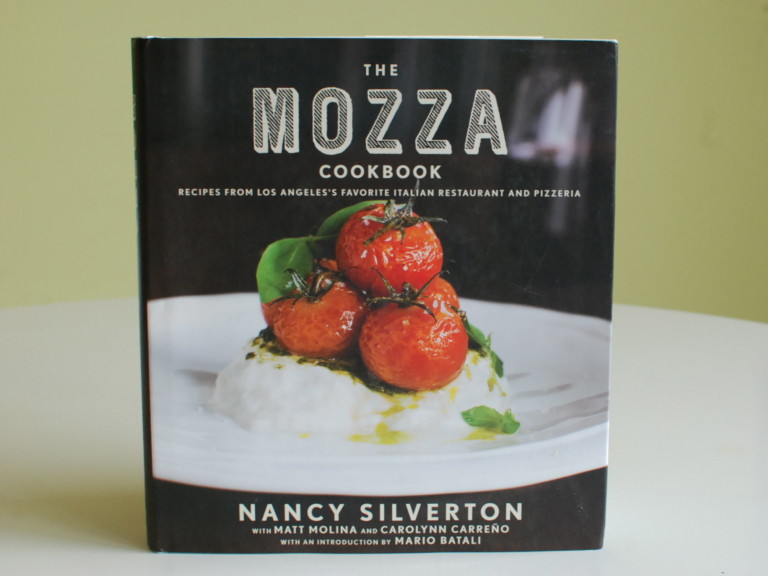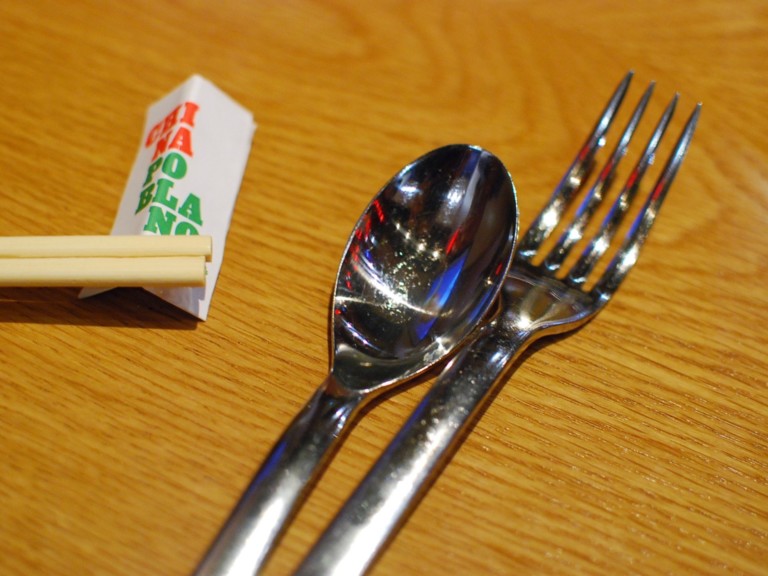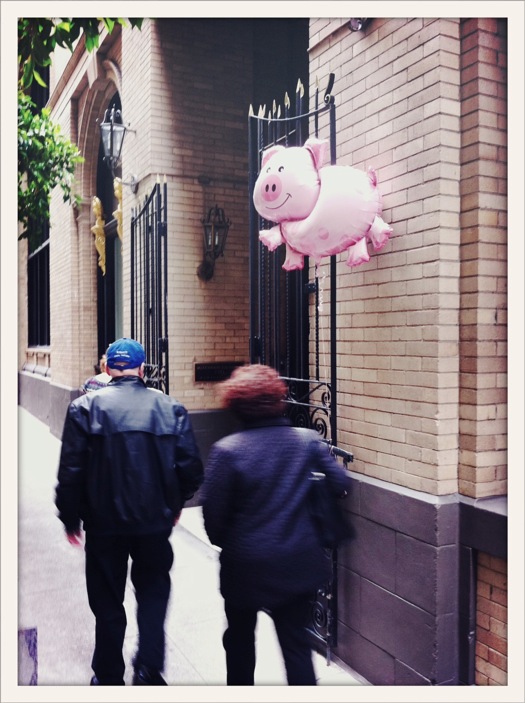As a sequel to my previous post, “LA Food Isn’t ____“, I’d like to take this column to discuss why I think Los Angeles is the Greatest Food City in the World. First off, people that make this argument don’t often provide a basis for their claim. Perhaps it’s the quality of its restaurants or the unique cuisine which pervades the city. Tokyo, New York, and Paris often get the first nods for greatest food cities in the world. Tokyo recently received 150 Michelin stars in the inaugural Franco-centric Michelin Guide, giving it the highest number of stars for any city in the world (Paris included). Pretty amazing for a city that has over 30 Million residents (LA’s 17 million-person city received a paltry 24 stars, as well as a dearth of the highest possible three stars).
New York is often the center of American haute gastronomy and cuisine and generally gets instant recognition for having the trendiest and highest-quality food in the US. Paris, is well, Paris. It’ll always be considered a great food city because it was the center of gastronomy (not just because of the statement in Ratatouille: “The greatest food in the world comes from France, and the greatest food in France comes from Peerr-rhee, and the greatest food in Peerr-rhee comes from Gusto’s!”).
But in the Age of Globalization, when the world becomes flat and small, accessible through electronic communication, efficient and timely methods of travel, and a program-laden media chock-full of information about the goings-on of the world, there are no longer any culinary hegemonic standards. Japan, the U.S. or France will not reign supreme in the global battle of what is the greatest cuisine in the world.
The Roman General Lucullus generally had the right idea when he procured ingredients for his wasteful and hedonistic pleasure from all over the known world in the century before the birth of Christ. Fruits, dangerous animals, beasts, every creature that crawled upon the earth was fit for meals that would make The French Laundry or Alinea positively blush. And he had it over two millennia before the Internet.
Last post, I essentially argued that L.A.’s culinary minds seem to have focused too much of this city’s flag-bearing signature upon the food world with their quixotic “sustainability” and “biodynamic-organic-locavore” buzzwords. All those things mean is good produce from good farmers from not-too-far away. Yawn. L.A.’s culinary trajectory is much more interesting than that. This city is more than just those things, the ideology of an influential Alice Waters and Michael Pollan. This city is aggregately the new General Lucullus, but without the cultural insensitivity (well, conquering other nations is probably a bit more than mere insensitivity).
Los Angeles is the Greatest Food City in the World because it is able, and willing, better than any other metropolis, to gather the world’s cuisines and not only preserve them, but innovate with them with both authenticity and creativity, outfitted with some of the best ingredients a global cook could ask for. I know this well because many Koreans I know claim that Korean food is actually better in L.A. than in Korea because of better ingredients. But this isn’t limited to Korean food, the cuisine of my own heritage.
The San Gabriel Valley and its environs are widely recognized as having some of the best Chinese and Sino-centric cuisine in the U.S. Of course, to say these places could battle the actual sources of the cuisine would be dastardly, but no other city in the U.S. besides some areas of New York City could take on the aggregate collection of excellent Chinese cuisine. South Bay offers a wide array of Japanese Fare. Vietnam is well represented in Little Saigon. Thailand’s cuisine is not only well represented region-wise, but well adored by the foodie population. Throw in obscure cuisines like Afghan, Filipino, Burmese, and Nigerian and you’ve got smaller cultures covered. (Just see Man Bites World – enough said).
For the classicist, L.A.’s overall selection is at best respectable though perhaps not groundbreaking. Italian and French have strong mainstays in the Central City. But the lack of Michelin stars for these types of restaurants doesn’t prove that L.A. is deficient, but it rather shows that the entire paradigm of what good food ought to be needs to be changed. Angelenos understand this – they know that they can travel the world with just one day’s eating, spanning cultures and cuisines even the mighty Lucullus could never have dreamt.
So while the beloved media darlings of The French Laundry, El Bulli, The Fat Duck, and more have phrases of “greatest restaurant in the world” thrown in, the significance of living in a metropolis and enjoying its food isn’t limited to one restaurant. El Bulli might be the culinary Mecca of the world right now, but Los Angeles’ aggregate collection of gastronomical excellence from around the world could smash El Bulli’s fare. Yeah it sounds like an unfair fight, but we’re talking great food city, not restaurant.
Why is this important? The world isn’t isolated anymore. It’s no longer about one cuisine or culture trying to rule the others (as France has attempted since Carême, Escoffier, and Point). Instead, understanding food in the modern age is about grasping the vast variety of what humans have developed as cuisine through their distinct cultures over the centuries and millennia. From the mythical day that man first cooked his meal to our decade when people are pushing the limits of what food could (chemically) and theoretically be with avant-garde (molecular gastronomy), food has been developed as a way for us to taste what we eat. Not just eat what we eat like beasts or animals, but taste what is good or palatable.
People around the world, in their various cultures and heritages have passed on culinary traditions and methods of cooking for generations, becoming ingrained with their approach toward food. There’s a unique beauty in seeing this variety, this amazing diversity, because through every method, dish, and style, we see that food still boils (or steams, or fries, or bakes) down to one thing: pleasurable satiation. The human condition is the same despite the astounding difference in approach. A French bouillabaisse resembles a Korean meh-um-tang resembles Central-American menudo and then takes a twist to Thai tom-yum soup which in turn resembles Chinese Hot Pot which also reminds one of Japanese shabu shabu and then takes a left turn toward…
You see where I’m going. L.A.’s cuisine speaks for itself by offering the greatest array and quality of ethnic cuisine in the world, mainly because it is the ultimate melting pot of pan-Asian and by extension global cultures, after taking the mantle from New York. Ellis Island provided a superb gateway to NYC’s melting pot, which is also formidable. But in the aviation era, LAX is the new Ellis Island.
And L.A. is the first truly global food city, capturing cuisines from cultures that the world has never seen since the days of General Lucullus. That’s what L.A. Food is: the most massive stockpot culinary cultures have ever known. Melting pot is too much like fondue and assumes everything comes together as one. Not really – things are fragmented in L.A., there are enclaves upon enclaves of cuisines in patches of this sprawling city much like the chunks of a bollito misto. Sometimes you just have to throw everything in the mix to make it all come together, to make it a meal.









Blog Comments
dt
April 29, 2011 at 6:18 PM
great post. It’s kind of a shame that New York has such amazing racial diversity, yet the food is sort of internationalized for a the business crowd and European taste. I get a sense that this isn’t true in LA, where vietnamese restaurants actually cook for a vietnamese crowd. NY is very much a melting pot, rather than the salad bowl of LA, where components can maintain their integrity. A melting pot is great for civic involvement but terrible for food, great great individual components meld together in a sort of sameness.
mattatouille
December 11, 2008 at 9:11 AM
why no, Ted?
Ted
December 10, 2008 at 9:24 PM
Uh, no.